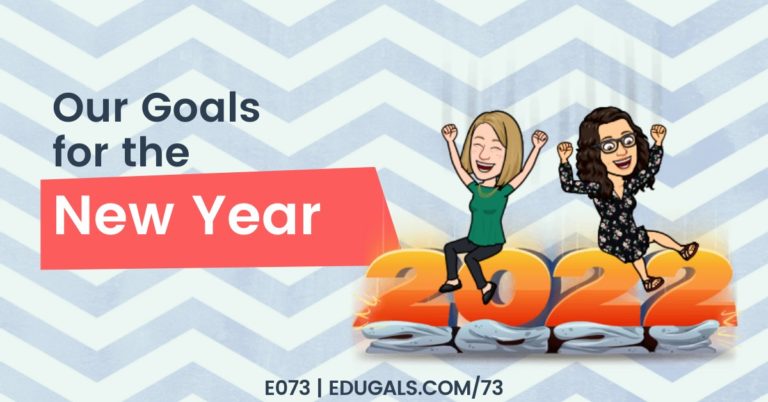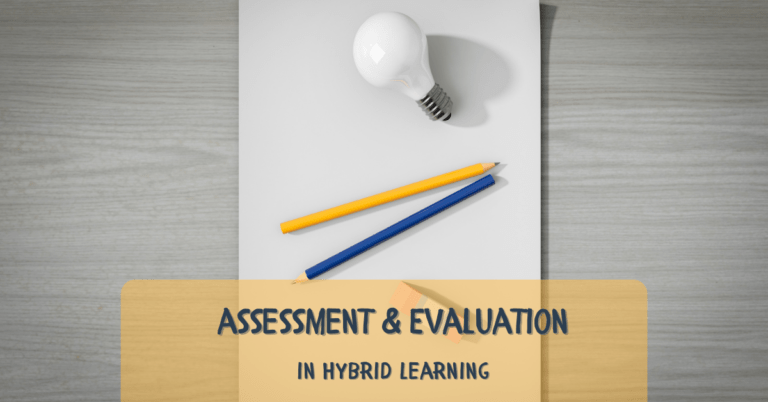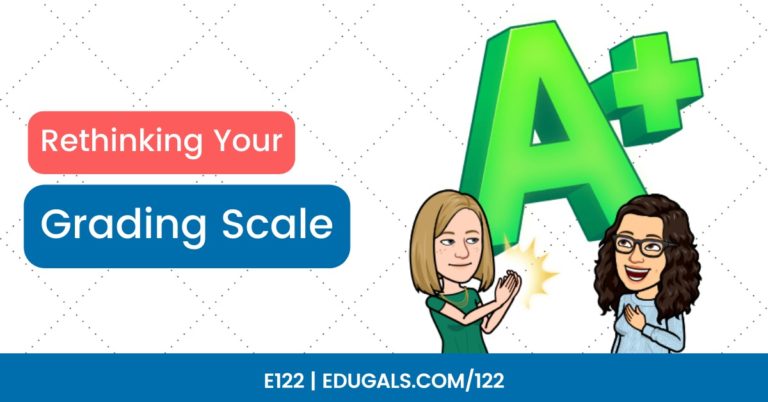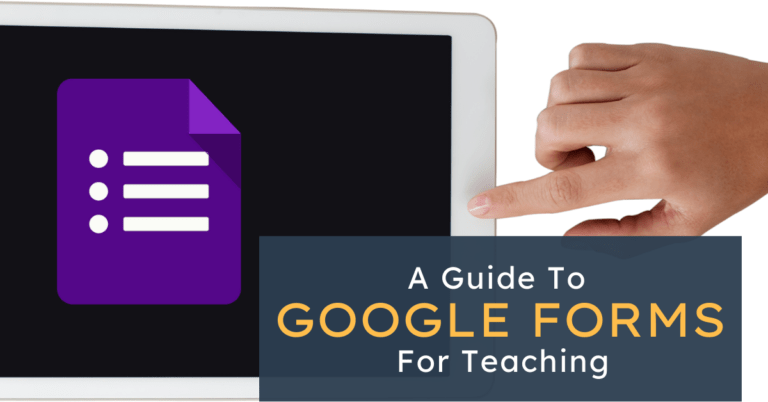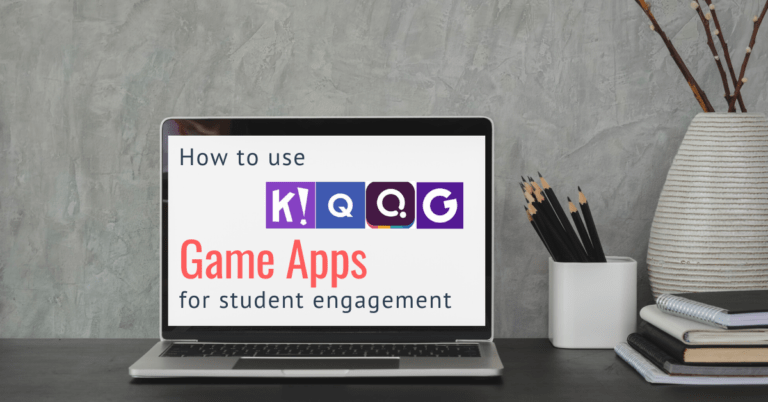[podcast_subscribe id=”7428″]
In this episode, we are talking all about specifications grading, also known as specs grading. Rachel is going to share some of the learning that she has been doing and how she has been implementing this in her classroom.
If you like what you hear, we would love it if you could share this episode with a colleague or friend. And make sure you subscribe so that you don’t miss out on any new content! And consider supporting the show by buying us a coffee or two!
We would love to hear from you – leave a comment on our website OR check out our FLIP!

Show Notes
This week, we are chatting about specifications grading. This is something Rachel came across last summer and liked it so much that she has been implementing this is one of her courses this year.
This is new to Katie as well, so she’ll be doing some learning alongside the listeners this week! She has been doing a bit of reading up on the topic, but Rachel is taking the lead since she has really embraced it and started to implement it in her classroom.
What is specs grading?
Specs grading is a different type of grading system that works really well with mastery-based learning.
There’s no perfect way to define specs grading, but it is essentially a practice where you set certain specifications (or thresholds) for what students need to meet in the. classroom. Everything is then graded on a pass or fail basis; where the pass is whatever grade band or mastery level that you determine.
In Rachel’s classroom, the passing grade is linked to mastery of skills, so she has set it at an 80% or higher on the specific outcomes that are required. From there, she looks at her course and divides it up into little chunks or modules, and decide how many students need to complete in order to demonstrate mastery and earn specific grades in the course.
For example, if there are 16 modules, then maybe students need to master/pass 15 out of 16 modules in order to get an A in the class; 13 out of 16 to get a B; and so on.
It’s very similar to mastery-based learning and grading, in that there’s still a pre-determined grade or level of mastery that is expected for each module or skill.
How do you set up a course this way?
When Rachel was contemplating how to get this going in her classroom, she first went to her curriculum documents to figure out the main key topics that need to be covered in her course. In this case, there are 18 topics in total.

Next, she determined which topics students really needed to master in order to be successful in the next grade level course, and which topics were not as vital to fully master that year since they were revisited the following year. For example, her current course is Grade 11 chemistry, so she also looked at the Grade 12 chemistry to make these distinctions in topics. Of her 18 topics in total, she was then able to determine that 12 are essential outcomes; the remaining 6 she has labelled as general outcomes that are nice to know, but if not mastered in that year it’s okay.
Students have to pass the 12 essential outcomes in order to get a passing grade. From there, every general outcome that they pass will then increase their grade.
She has also set up labs so that students have to pass and meet certain specifications to do so.
This has resulted in essentially removing the point system from the classroom, and motivated students to take control and ownership of their learning.
How do you check for the essential and general outcomes?
When setting up the assessment/evaluations, Rachel creates 3 versions of tasks. For example, if doing a test, she will create 3 versions of the test. It isn’t a long test, instead it would just be a couple of questions – slightly larger than a mastery check.
Every week, students sit down and have an opportunity to attempt these outcomes. They get up to three opportunities to pass and demonstrate that mastery. That being said, for the essential outcomes, if they don’t pass it in three attempts, the teacher will work with the student one-on-one prior to the next attempt to help identify the challenge and how to help the student understand. Since essential outcomes are necessary to pass the course, it wouldn’t be fair to cut off the attempts at three, hence the interventions after the third attempt.
How do you explain this system to parents and students?
Starting off the school year, Rachel was extremely concerned about how to explain this well to students and parents. That being said, she saw the value in this system, so forged ahead!
For the first couple of weeks, there were zero grade conversations. She didn’t start these conversations until the class was closer to being ready to take some of the tests/evaluations, and getting into a weekly routine.
The first couple of weeks was dedicated to going through the lessons, going through mastery checks, and continuing along.
After that, the grading questions began. Rachel was very clear and honest in how to pass the course, and how to earn higher grades. She created a grading grid that laid it all out really clearly for students and parents. She took time in class to make sure students could ask the questions that they had, and it really helped them to wrap their heads around this new system of grading.
The students LOVED it. They loved that it allowed them to focus on learning the course material, and not on the number grade assigned to the various tasks along the way.
How did you learn about specs grading?
Rachel first heard about it from a resource by Linda Nilson, entitled “Specifications Grading: Restoring Rigor, Motivating Students, and Saving Faculty Time.” This resource is written entirely from the perspective of a university level course, and is directed at that same audience.
Rachel also attended a webinar on specs grading in chemistry.
That doesn’t mean that it can’t be done in high school, and we’d love to hear from any other educators using specs grading in K-12!
In reading up on it, Katie read a few different articles about specifications grading, and even though all of the classes where this grading system was used were postsecondary, it helped her to get a general idea as to how specs grading works.
Feel free to check out these websites Katie used for a brief introduction to specs grading:
- What is Specifications Grading and Why Should You Consider Using It? – Blog
- How an alternative grading system is improving student learning – Article
- Rethinking Grading: An In-Progress Experiment – Website
While specs grading is quite similar to the modern classrooms approach, it still differs in that specs has the bundling of outcomes to determine grades. Also, MCP has smaller mastery checks along the way.
Classroom changes with specs grading
Specs grading has brought about some fascinating and positive changes to the classroom. It has really levelled the playing field and allowed students that need a bit more time to really focus on learning the essential outcomes, taking multiple attempts as needed to demonstrate mastery.

This has also led to students making decisions about how to focus their time and energy. Knowing that they have to pass all essential outcomes in order to pass the course has given students the motivation to focus on these before attempting the general outcomes.
In some classrooms with specs grading, many teachers are introducing a token or incentive program, where students can complete additional work, or handing something in for an extra opportunity. The idea behind this system is that students get a specific number of times that they can hand something in late, or attempt an outcome that they weren’t able to complete successfully.
With this in mind, Rachel is considering using this premise with the final exam for the course. The final exam can be that extra opportunity to demonstrate the course general outcomes and boost their mark.
Some other great things that are happening is that giving back tests is no longer a stressful exercise as the teacher. Students are no longer arguing about lost marks. Each section simply says “pass” or “revise” and students then take the test home, correct it, and bring it back in with any questions that they may have.
This has led to some insightful questions and conversations, making the test itself a learning opportunity.
Has there been any pushback?
As with all change, there has been a variety of reactions to Rachel’s introduction of specs grading. Some teachers are really intrigued and interested by it, whereas others a more hesitant and don’t see how it’s preparing students for future evaluations and courses.
At the end of the day, focusing on developing and mastering skills is going to help students to be prepared for future courses because it ensures that students have the knowledge and practice to build upon. In a traditional classroom setting, students may not actually master many of the skills required, which puts them at a disadvantage before walking through the door of that next year’s course.
It’s also a good reminder that one size fits all doesn’t work for educators! No two educators deliver content and lessons in the same way, so trying to be lock step and using the same resources and strategies is not going to work either. It’s important that teachers use their skills and strengths when teaching students, as that is what makes the content accessible.

